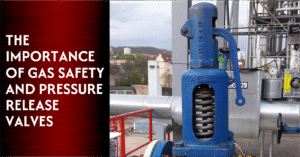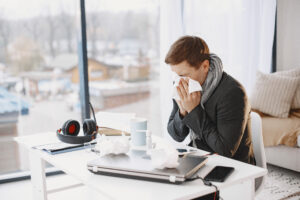The cleanliness of the average office desk is often much worse than most people realise. Studies have shown that office desks can harbour a significant amount of bacteria and germs, sometimes even more than common surfaces like toilet seats. But we have a solution. Before we go into that, here are some key points to consider:
Bacteria and Germs
Studies and Statistics
Research from various organisations, including the University of Arizona, has found that the average office desk harbours about 400 times more bacteria than a toilet seat. This is largely due to the fact that desks are rarely cleaned regularly, despite coming into contact with hands, food, and other items throughout the day.
Common Contaminants
Items like keyboards, mice, phones, and desk surfaces can be breeding grounds for bacteria such as E. coli, Staphylococcus, and other pathogens. Phones alone can harbour more than 25,000 germs per square inch.
Common Sources of Contamination
Eating at the Desk
Many people eat at their desks, which introduces food particles that can attract bacteria and other germs. Crumbs and spills provide a perfect environment for microbial growth.
Personal Items
Items such as mobile phones, coffee mugs, and even handbags can transfer bacteria from various environments to the desk.
Infrequent Cleaning
Desks are often cleaned less frequently than other areas, especially in offices where employees are responsible for their own workspace. This lack of regular cleaning allows bacteria to accumulate.
Health Implications
Potential Illness
The high concentration of bacteria on desks can increase the likelihood of illness. Employees who spend a lot of time at their desks are more likely to come into contact with these bacteria and potentially fall ill.
Cross-Contamination
Bacteria from the desk can easily spread to other surfaces, such as hands, faces, or shared office equipment, increasing the risk of spreading infections.
A potential solution
As well as standard practices, such as regular cleaning, hand washing and decluttering a desk, our revolutionary lights disinfect surfaces and air by eliminating bacteria, viruses, and fungi without harming humans or animals (should you have an office pet!)
To get technical for a moment, here’s how they work. The sanitising lighting solutions use a combination of visible spectrum wavelengths that are effective on viruses, as well as bacteria. Because they can penetrate the multi-drug-resistant bacterial biofilm and destroy it from within, they offer significant protection from viruses and bacteria.
The microbicidal action is triggered by the patented combination of frequencies within the range of the visible (non-UV) spectrum (known as the Soret band) which is scientifically proven to be harmful to viruses and bacteria, as well as other microorganisms.
In Conclusion
The average office desk can be a surprisingly dirty environment, often harbouring more bacteria than a toilet seat. Regular cleaning and good personal hygiene practices are essential for maintaining a healthier workspace and reducing the risk of illness. Combine those with technology, and you’ll create a much cleaner desk. If you’d like to find out more, then just get in touch.






